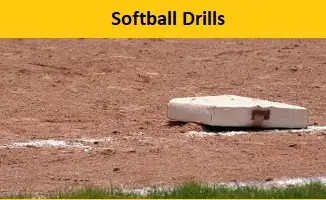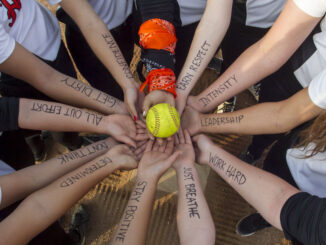
Softball Pickoff Drill
The pickoff is a play that needs to be practiced regularly. The defense needs to have the signals down and the baserunners need be able to read the coaches signals and avoid getting tagged out. […]

The pickoff is a play that needs to be practiced regularly. The defense needs to have the signals down and the baserunners need be able to read the coaches signals and avoid getting tagged out. […]

Team drills for softball are not always easy to find. I have compiled many drills from various sources that you can use for your team at any time of the season. Team Drills for Softball […]

How often do we have the team practice errors. Throwing errors are the most common and what loses softball games. This Softball wild throw drill give your team the opportunity to react and respond to […]

As we know throwing is the one skill that can lose a game with the most consistency. This softball throwing baserunning drill relies on throwing under pressure and with a sequence that needs focus and […]

Throwing is arguably the number one reason why games are lost. This softball team throwing star drill will give your team experience in throwing while there are runners on the bases and on the move. […]

An awesome softball team offense defense drill from The Softball Drill Book to stress the importance of using all aspects of team offensive skills Softball Offense Defense Drill Organization Divide the team into two or more […]

Softball team building activities are hard to find. Being a team sport, and being that each player is so reliant on each other in their play execution, it is almost as important as the ability […]

A drill that many coaches do at the beginning of the season when the team is getting their ball brain back into the game is this simple one just to refresh everyone. The Softball Situations […]

The softball positions drill is perfect for having the players work on their own and for them to create a good knowledge of their capabilities. By working on these skills with team mates, this drill […]

This Softball Pickoff and Baserunning Drill is perfect for working with catchers, fielders, baserunners and pitchers on a pick off. Refine all base running pick-offs and have the baserunners practice playing the defense at the […]
Softball Tutor 2024